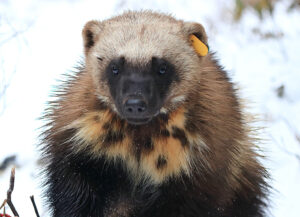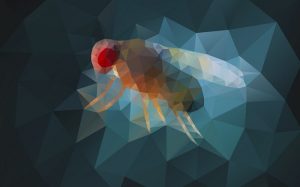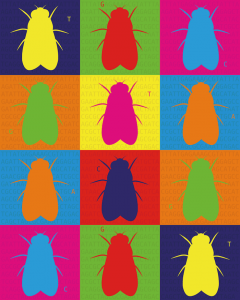Enter your address to receive notifications about new posts to your email.
Articles tagged Sequencing
(22 results)
-
Wolverine genome assembly sets a standard for conservation geneticists
Chromosome-level assembly of the North American wolverine sets a new standard for the weasel (Mustelidae) family.
-
Ctenophore genome assembly combed for evolutionary clues
Scientists generated a karyotype, chromosome-scale genome assembly, and manual genome annotation for a common ctenophore. Ctenophores—beautiful marine invertebrates also known as “comb jellies”—have long fascinated and perplexed biologists. Phylogeneticists believe that either ctenophores or sponges were the first organisms to branch off from the tree of life, making them the “sister clade” to all other…
-
Finding fresh mutations
Improved duplex sequencing identifies spontaneous mutations in bacteria without long-term culturing. Spontaneous mutations are the driving force of evolution, yet, our ability to detect and study them can be limited to mutations that accumulate clonally. Sequencing technology often cannot identify very rare variants or discriminate between bona fide mutations and errors introduced during sample preparation.…
-
Does Candida grow on trees?
An opportunistic human pathogen makes itself at home on old oaks. At one point or another, most people have played host to the common yeast Candida albicans. Around 40-60% of healthy adults carry around it in their mouth or guts; in immunocompromised people, however, this normally harmless cohabitant becomes a deadly pathogen. Generally thought to…
-
The Sleep Inbred Panel: flies with extreme sleep patterns
A new collection of inbred flies provides a tool for studying genetic control of sleep. Sleep is vital for a healthy life, but some of us seem to get by with less snoozing than others. This individual variation isn’t unique to humans; fruit flies also show a variety of sleep patterns. These differences could potentially…
-
Nanopore sequencing of 15 Drosophila genomes
Low-cost sequencing closes gaps in fly genomes. Genetic sequencing technologies have revolutionized biological science, and regular advances in these tools continue to deliver better genomic data—more accurate and more useful—at a lower cost. In G3: Genes|Genomes|Genetics, Miller et al. report the genomes of 15 Drosophila species sequenced using Oxford Nanopore technology. Their work improves on…
-
Antibiotic resistance beyond the hospital
A strain of Staphylococcus epidermidis isolated from a hotel room may provide insight into how resistance develops outside of medical settings. Although intense research and media interest has focused on drug-resistant bacteria in hospital settings, resistance can and does evolve outside the clinic. Methicillin-resistant Staphylococcus epidermidis is often isolated from infections of medical devices, but…
-
Mixed up: Insights into artificial sequencing chimeras
Sequencing a genome is not as simple as reading a book. All those neatly lined up letters are the final product of a complex process made up of many intricate steps that can—and do—go wrong. In a report published in G3: Genes|Genomes|Genetics, Peccoud et al. put their painful sequencing experiences to good use providing new insights into…
-
Inside the genome of a deadly desert disease
Rhinocladiella mackenziei is a fungus that infects the human brain. It is the most common cause of neurological fungal infections in arid regions of the Middle East, and it is fatal in 70% of cases. However, little is understood about this lethal pathogen—not even its natural habitat. To learn more about the biology of R.…
-
50 years of molecular evolution in Drosophila
In the genomic era, population geneticists are flooded with molecular data on the evolution of natural populations. This deluge started in 1966 as a trickle of data from protein electrophoresis studies, including the landmark GENETICS papers published by Richard Lewontin and John Hubby. As Lewontin is honored this week at the Annual Drosophila Research Conference…
-
Behind the cover: Oh Canada!
February marks the launch of a crisp new look and improved navigation at the G3 website. Go check it out; we’re very proud of the design! We are also unveiling a new cover layout that allows the art submitted by our authors to shine. This month’s cover celebrates the first published genome assembly of the Canadian…












